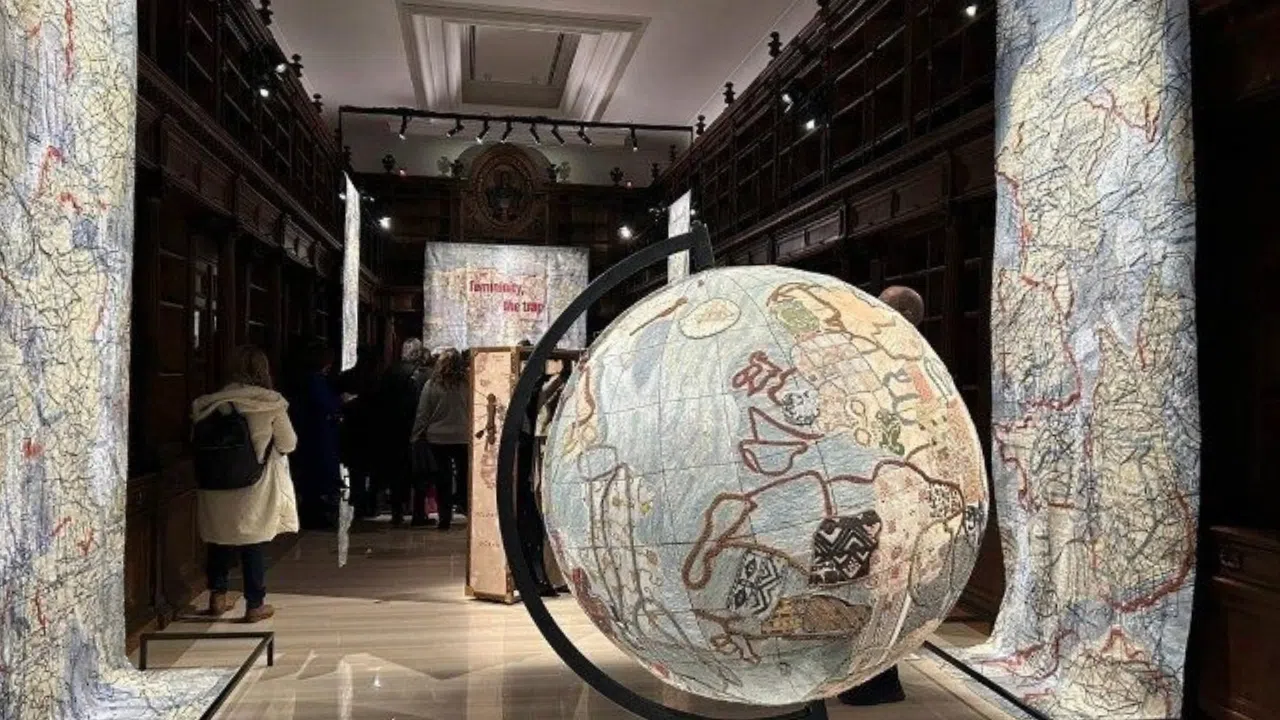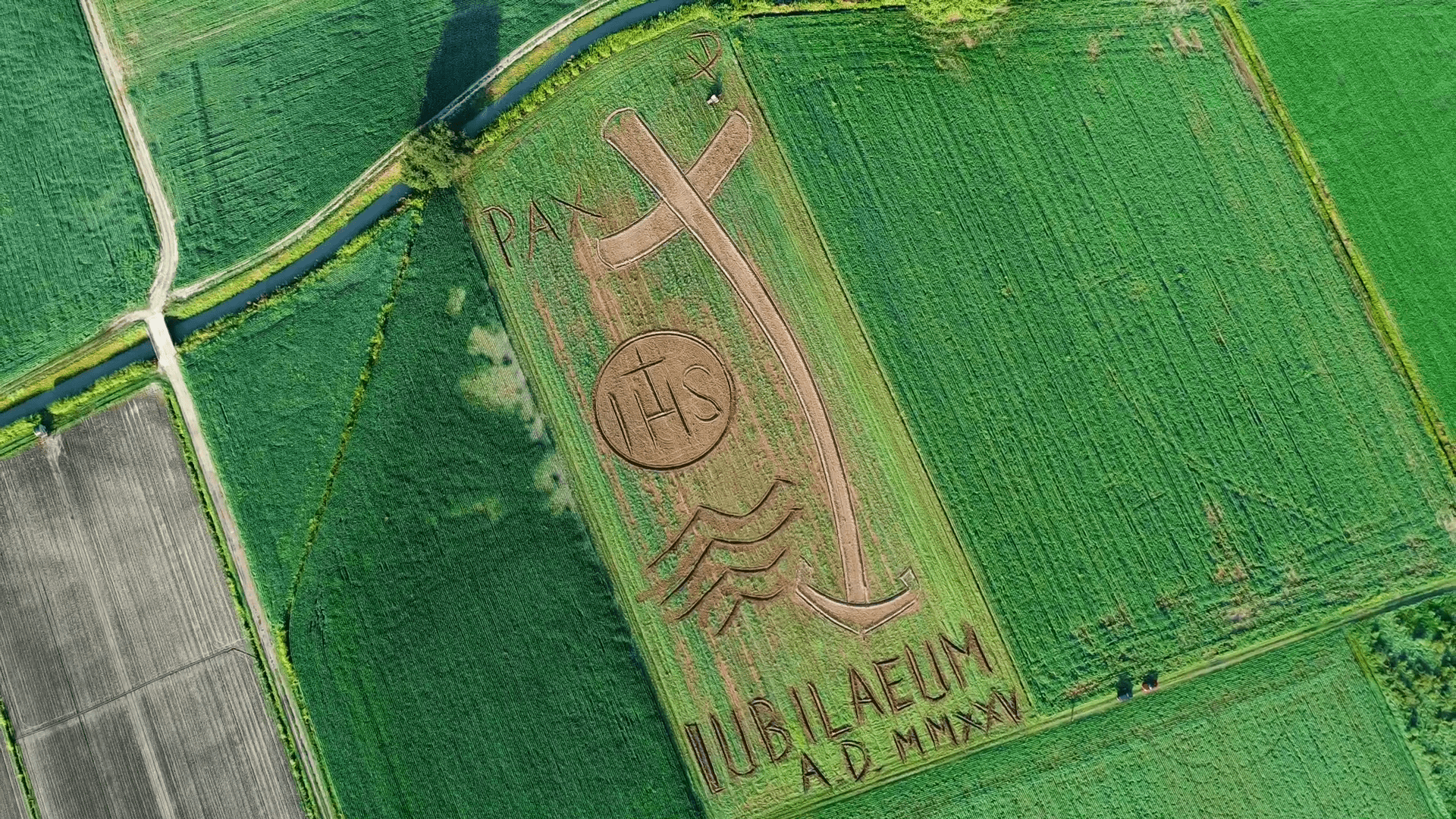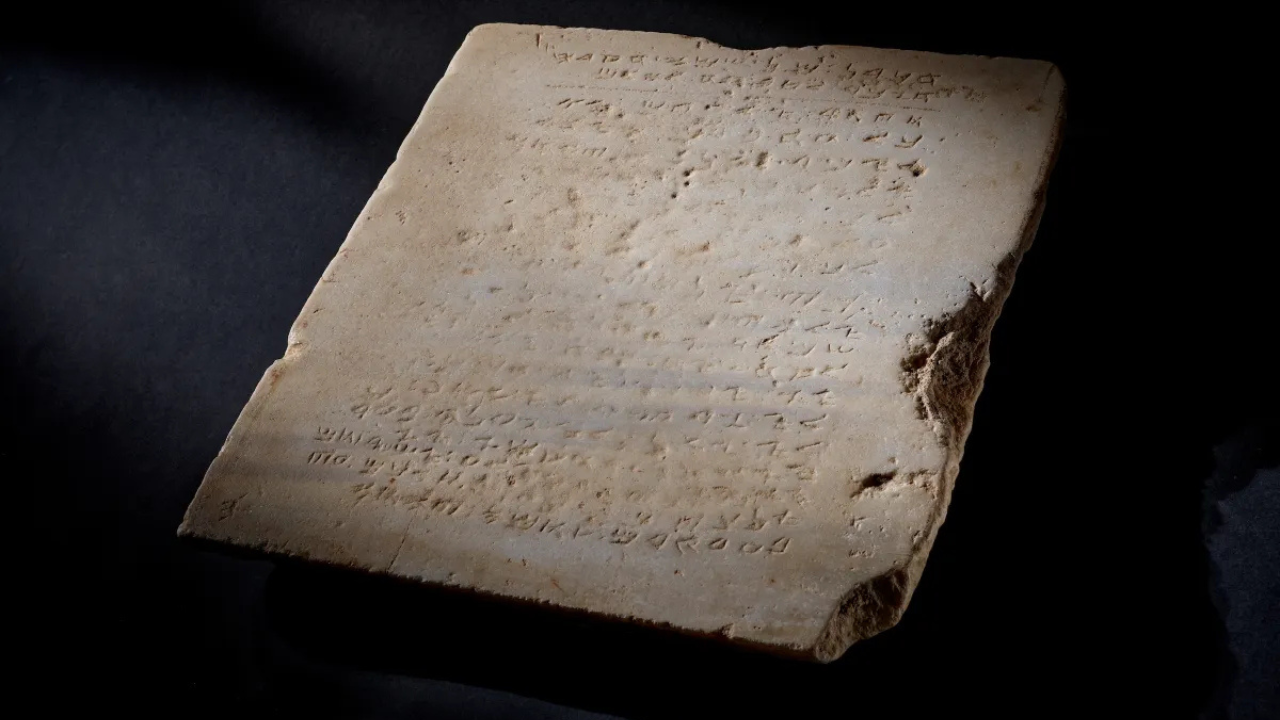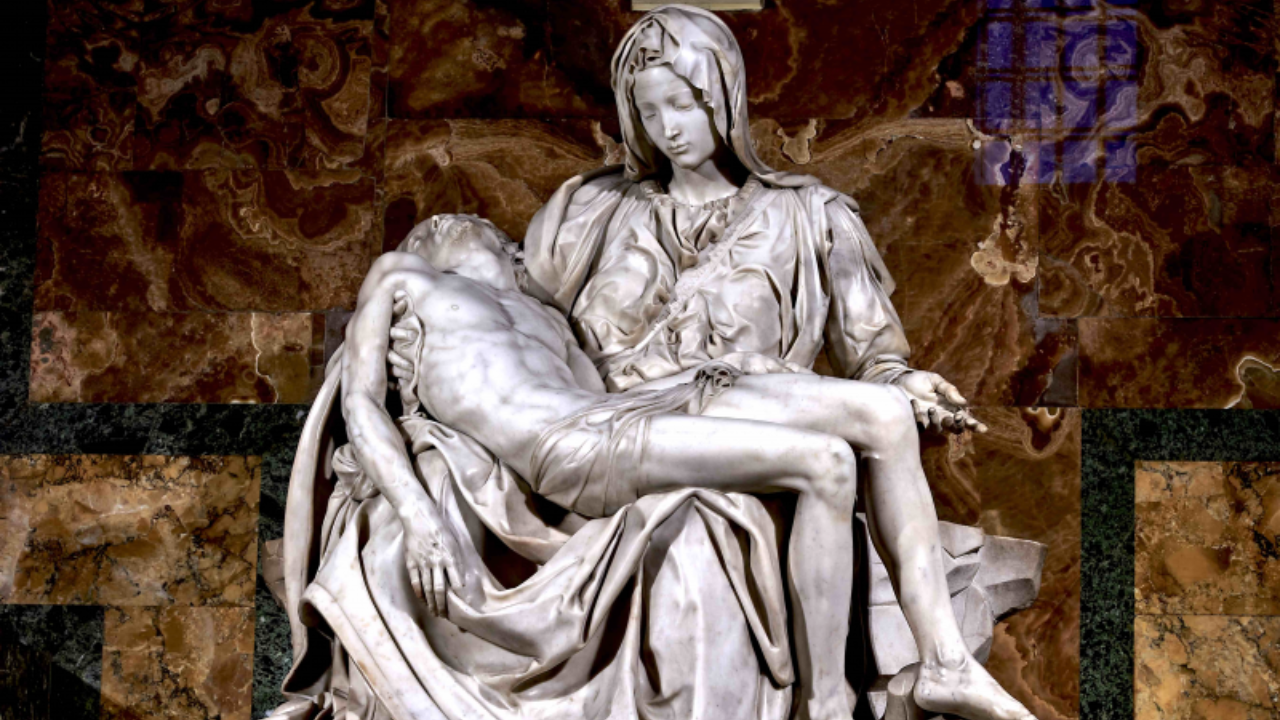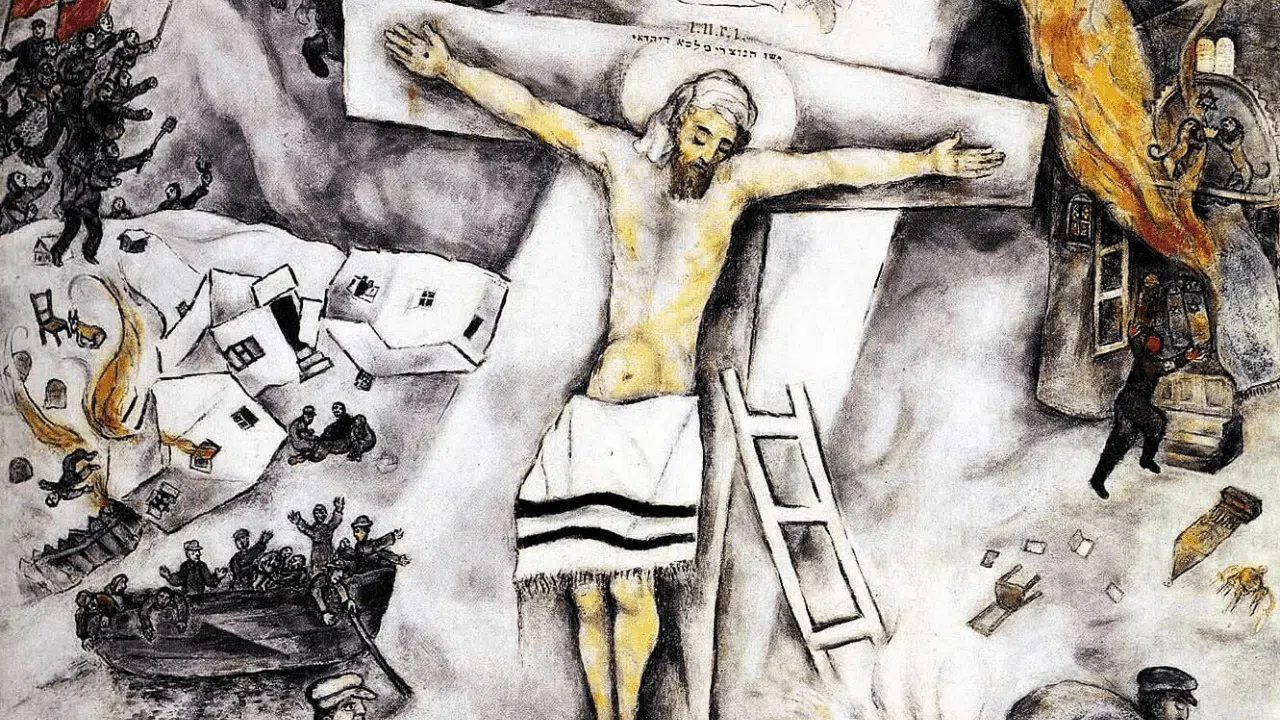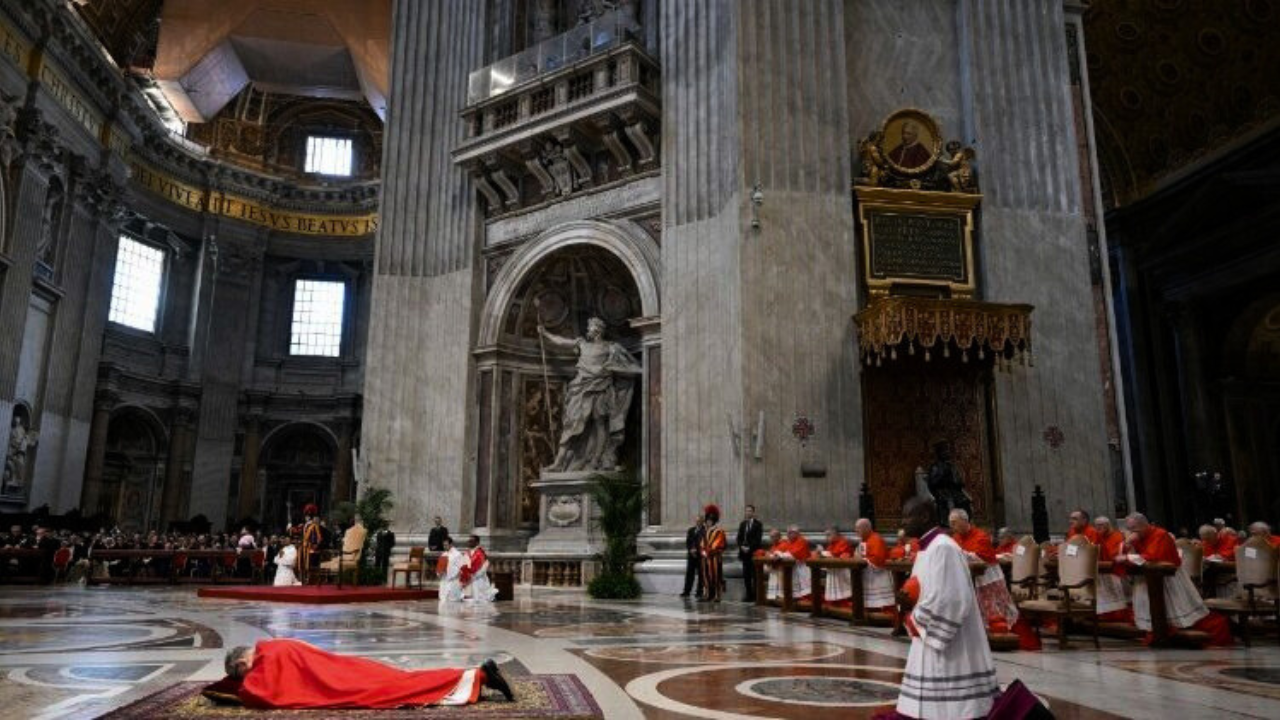The Marchioness of Dai lived in Mawangdui, China 2,000 years ago. Following her death, she was buried with her possesions, among which were silks of unmeasurable value.
Barely 50 years ago, a group of archeologists found this graves and remains in a very well preserved state.
DANIELA PORRO
Artistic heritage, Rome
'This exceptional finding has allowed the discovery of more than 3,000 objects. Because of this, it rivals the importance of the discovery of Tutankamon's tomb in Egypt. The most important objects are those preserved in the tomb of the Marchioness of Daiâ?.
An exhibition in Rome showcases 76 extraordinary objects found in these tombs. They date from the Han period, between the year 200 B.C. and the year 220 A.D.
Kimonos, gloves and manuscripts are among the different pieces that stand out.
The most important artifact covered the sarcophagus of the Marchioness of Dai.
DANIELA PORRO
Artistic heritage, Rome
'It has a very particular decoration representing the Marchioness of Dai and the Dragon, the symbol of Chinese culture, and it explains her journey towards immortalityâ?.
In addition to silks, other archeological objects and the wax reconstruction of the Marchioness of Dai have traveled from the Hunan Museum in China to the National Museum of the Palazzo di Venezia in Rome.
It is the first time these pieces leave China, making this exhibition a unique opportunity to discover Chinese culture. It will remain open in Rome until February 16, 2015.
YJA/CA
AA
FA
-PR
Up: YJA

